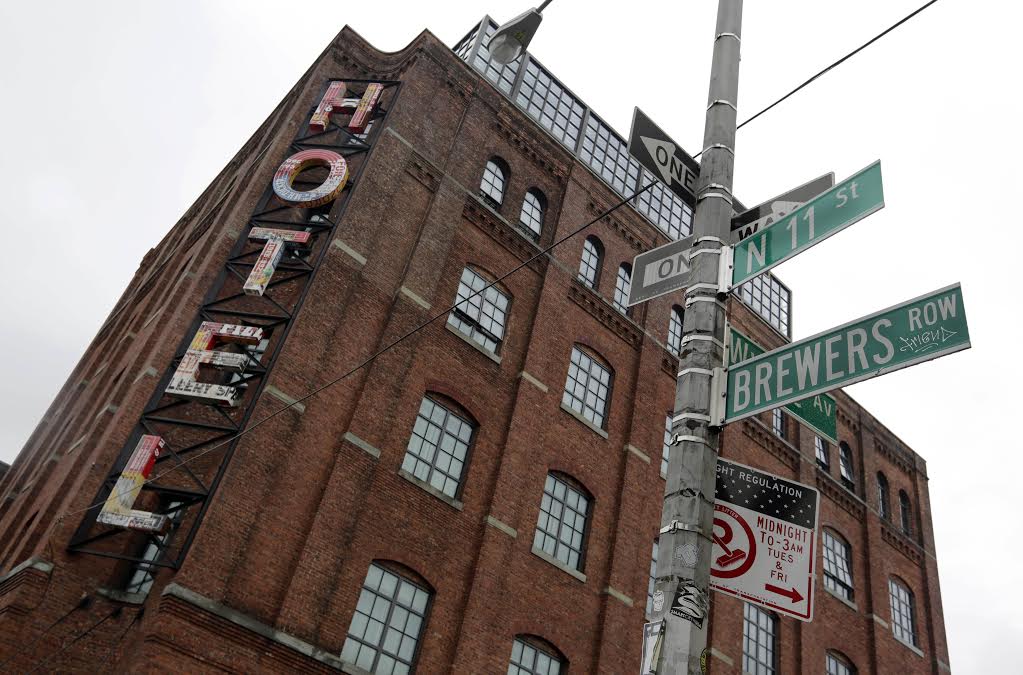OPINION: The Times gets it right

When you pick up the New York Times’ travel section, you expect to see articles about such far-off locations as Baku, Banff or Buenos Aires. It was a big surprise, then, when last Sunday’s Times travel section led with a full-page article about Brooklyn called “My Borough, Your Destination.”
The writer, Wendell Jamieson, is a native Brooklynite, unlike many of today’s Brooklyn boosters. He grew up in Park Slope during the 1970s and ’80s and said he remembers the neighborhood when it was somewhat down and out, with street crime and prostitution rampant on some blocks. Even then, however, there was another side to the Slope, embodied in the old mansions, the Ethical Culture Society, the charming stores on Seventh Avenue and the Brooklyn Conservatory of Music. That’s exactly the point Jamieson is making – that there are so many sides to Brooklyn, you can’t neatly pigeonhole the borough and its neighborhoods into one category or another.
The article begins with Jamieson, for the first time in his life, checking into a hotel in Brooklyn with his family to gauge the experience of out-of-town tourists. His hotel, the Wythe Hotel in Williamsburg, serves fancy, artisanal drinks and snacks in its mini-bars, and registration for the hotel is a somewhat complicated procedure. He contrasts this with his dinner in an “old-school Italian restaurant” where you don’t need a reservation. Later in the article, he contrasts a Williamsburg restaurant called Maison Premiere, which has a $95 “tasting menu,” with Roll and Roaster, a basic, no-nonsense roast beef emporium in Sheepshead Bay.

Brooklyn Boro
View MoreNew York City’s most populous borough, Brooklyn, is home to nearly 2.6 million residents. If Brooklyn were an independent city it would be the fourth largest city in the United States. While Brooklyn has become the epitome of ‘cool and hip’ in recent years, for those that were born here, raised families here and improved communities over the years, Brooklyn has never been ‘uncool’.